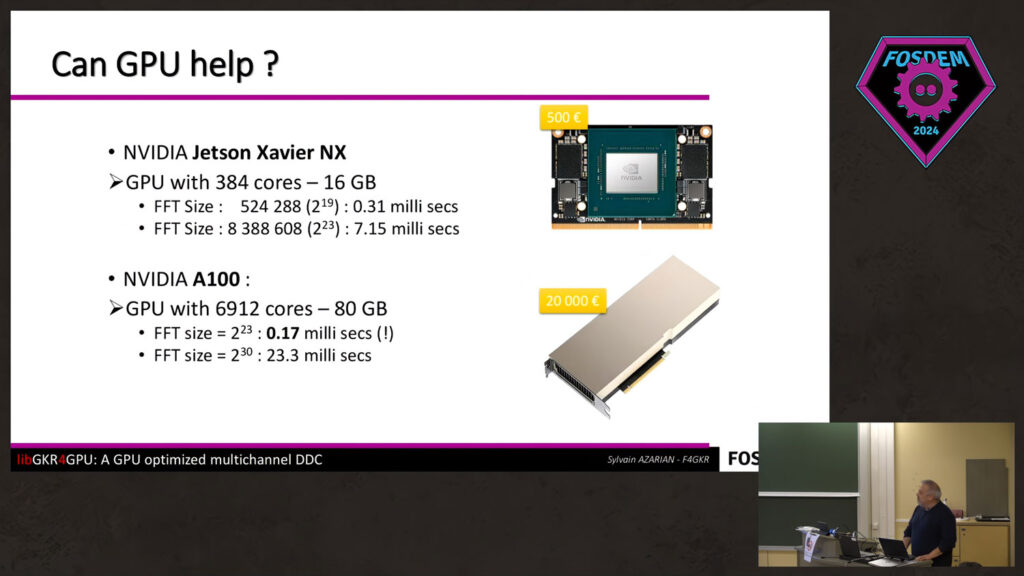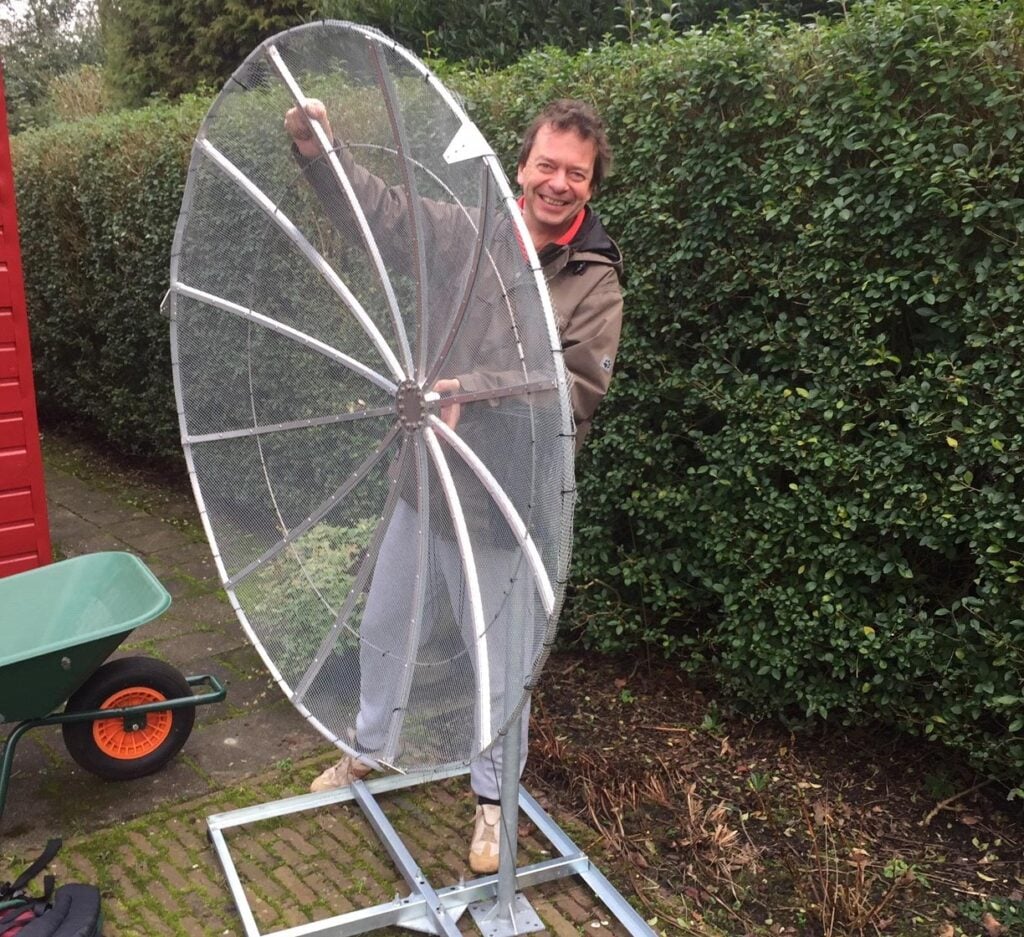FOSDEM 2024 Videos now Available: Synthetic Aperture WiFi RADAR, GPU DSP Acceleration and more
FOSDEM (Free and Open Source Developer’s Meeting) is a yearly conference that took place in Brussels, Belgium on 3 - 4 February 2024. This conference featured a room on Software Defined Radio and Amateur Radio.
Recently the videos of most the talks have been uploaded to their website. Some interesting talks include:
Covert Ground Based Synthetic Aperture RADAR using a WiFi emitter and SDR receiver
Using a WiFi emitter as radiofrequency source illuminating a scene under investigation for slow movement (e.g. landslides), a Ground-Based Synthetic Aperture RADAR (GB-SAR) is assembled using commercial, off the shelf hardware. The dual-channel coherent Software Defined Radio (SDR) receiver records the non-cooperative emitter signal as well as the signal received by a surveillance antenna facing the scene. Spatial diversity for azimuth mapping using direction of arrival measurement is achieved by moving the transmitter and receiver setup on a rail along a meter-long path -- the longer the better the azimuth resolution -- with quarter wavelength steps. The fully embedded application runs on a Raspberry Pi 4 single board computer executing GNU Radio on a Buildroot-generated GNU/Linux operating system. All development files are available at https://github.com/jmfriedt/SDR-GB-SAR/

Using GPU for real-time SDR Signal processing
GPU processors have become essential for image or AI processing. Can they bring anything to real-time signal processing for SDR applications? The answer is yes, of course, but not all classic algorithms (FIR, DDC, etc.) can be used "as is", sometimes a different approach must be taken. In this presentation, I will share the solutions that I implemented to achieve multi-channel DDC on NVIDIA Jetson GPU and will make a comparison with "classic CPU" approaches.

Maia SDR: an open-source FPGA-based project for AD936x+Zynq radios
Maia SDR is an open-source project with the main goal of promoting FPGA development for SDR and increasing the collaboration between the open-source SDR and FPGA communities. Currently it provides a firmware image for the ADALM Pluto and other radios based on the AD936x and Zynq. This firmware can display a real-time waterfall at up to 61.44 Msps in a WebSDR-like interface using WebGL2 rendering, and record IQ data in SigMF format in the SDR DDR. The FPGA design is implemented in Amaranth, an Python-based HDL, and the software stack is implemented in Rust, targetting the embedded ARM CPU and WebAssembly.
The first firmware version was released in February 2023, and the project was presented in June in the Software Defined Radio Academy. In this talk we cover the progress since the summer, including the addition of support for devices such as the Pluto+ and AntSDR. We focus on the technical details of the project and the possibilities for re-using some of the components in other projects.

DAPNET: Bringing pagers back to the 21st Century
When talking about pagers, most of us will think about an object of the past, often seen in TV shows from the 90s, used by medical staff and businessmen. However, they're an interesting way to get simple data broadcast over amateur radio frequencies, with receivers that can be built for less than 20€. We'll explore this and understand how an extensive network can be deployed with simple equipment and using open source hardware and software.





